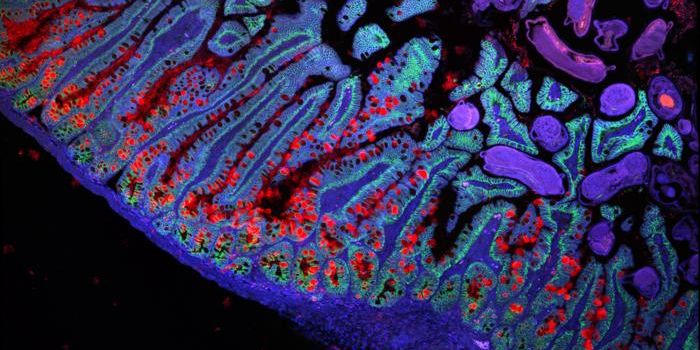A Robot Performs Surgical Procedure Unassisted
As described in a new paper published in Science Robotics, researchers at Johns Hopkins University have developed a machine—named the Smart Tissue Autonomous Robot (STAR)—that can perform complex laparoscopic procedures, almost entirely unassisted.
The use of robotic-assistance in surgical procedures is not a new concept—surgeons have been using similar tools to perform surgery for some time now. These technologies are often tools surgeons themselves use to perform procedures with a higher degree of accuracy, improving surgical outcomes.
However, these technologies have gotten more and more advanced, and, while many newer technologies have not been tested in humans, these tools have shown some potential in being able to perform procedures that surgeons with years of training cannot do as well. The STAR robot represents an important leap forward in robotic surgical technology in two key ways.
First, it was able to perform a complex laparoscopic procedure during a gastrointestinal surgery almost entirely unassisted. Researchers believe that this capability could allow any patient to have access to consistent, reliable surgical procedures, regardless of who is in the operating room.
Second, and perhaps most exceptionally, STAR was able to take the procedure into its own hands and modify the surgical plan in real time, just like a real surgeon could.
So how does STAR work, exactly?
STAR uses a precise imaging system that allows it to survey the entire surgical landscape during a procedure and respond rapidly; with this imaging system, STAR can detect potential collisions with tissue before it happens, detect the “breathing motion of tissue,” and, if needed, alert surgical staff in the room to any potential mechanical malfunctions.
To explore STAR’s capabilities, researchers tested it on four animal procedures and compared these procedures to those performed by human surgeons. Both robot and human were tasked with performing an intestinal anastomosis, an especially challenging procedure that can have several complications if performed incorrectly. It turns out, STAR performed the procedure with slightly better results than human surgeons, performing the procedure both more consistently and more accurately.
Researchers believe STAR has the potential to perform other complex surgical procedures that require a high level of accuracy.
Sources: Medgadget; Science Robotics








